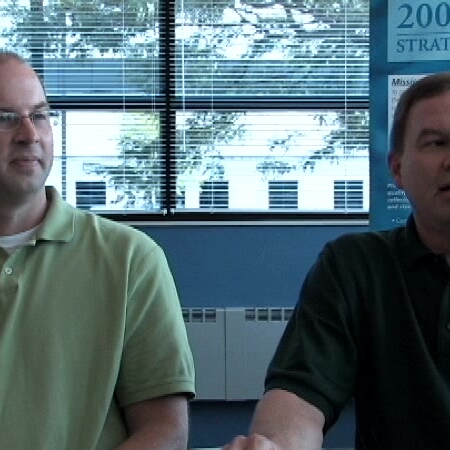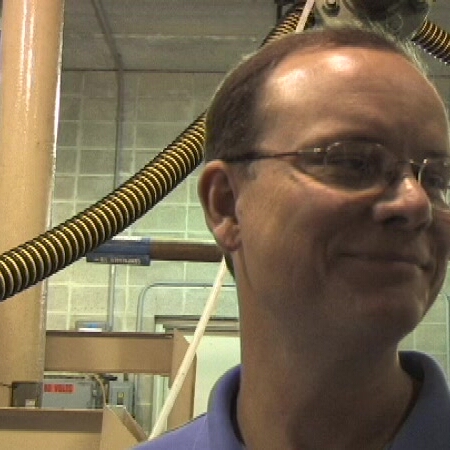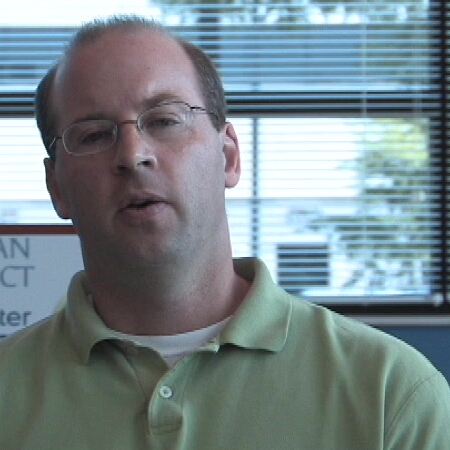5.2 Probability of Failure
The first step in determining criticality is determining how likely an asset is to fail (or the probability of failure for a given asset.) There are four modes by which an asset can fail.
- Mortality - the asset physically fails either through collapse, rupture, or some other mechanism
- Financial Inefficiency - the asset is costing so much to operate and maintain that it is no longer economical to keep it in operation
- Capacity - the asset is still operational, but is unable to provide the capacity needed
- Level of Service - the asset is still operational, but is unable to meet the level of service required
In thinking about how each individual asset might fail, all four mechanisms need to be considered. However, the first two modes are the most likely for the majority of assets. At the beginning of an Asset Management program it is unlikely that historical data on operation and maintenance will be available on an individual asset basis and it may take time to get a program in place to track this data. For this reason, the focus of this discussion will be on the physical mortality failure mode.

|
|
|

|
|
|

|
|
|
Asset Age: Over time, assets deteriorate, either from use or from physical conditions such as interaction with water or soil. There is no "magic age" at which an asset can be expected to fail. An asset's useful life is highly related to the conditions of use, the amount of maintenance, the original construction techniques, and the type of material used in construction. A piece of ductile iron or cast iron pipe may last 75 to 100 years in one application, 150 years in another, and 50 years in yet another. If age is the only issue with an asset, the probability of failure can still be relatively low even if the asset is quite old. For example, if the utility has cast iron pipe in the ground that was installed properly, made with good manufacturing techniques, and has never had a history of failure, it does not necessarily have a high probability of failure, even though it is 75 years old.
In order to use age as one measure of probability of failure some knowledge of potential useful life is necessary. This concept was discussed in Chapter 3. Each asset or type of asset should be assigned a useful life or life expectancy so that the actual age can be compared to the useful life. In this manner, it is possible to determine how much of the asset's life is "used up." The closer the asset gets to the end of its life, the more likely the asset is to fail. For example, a 35-year-old concrete interceptor that is expected to last 70 years has only reached the mid-point of its life expectancy and would not be likely to fail. If its useful life was only 40 years, 88% of its life is used up, so it is more likely to fail. As discussed in Chapter 3, the useful life values can be adjusted up or down if actual experience shows that the assets average more or less life expectancy than your initial estimate.

